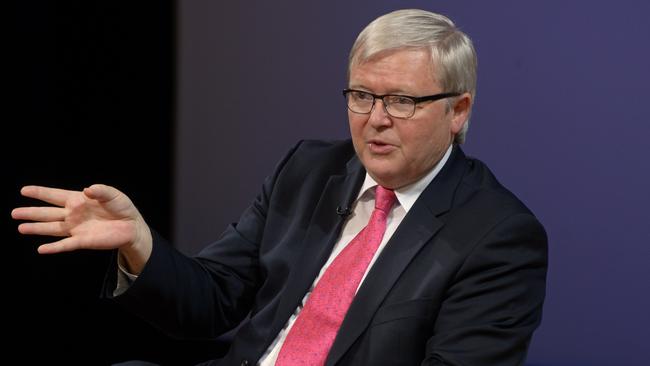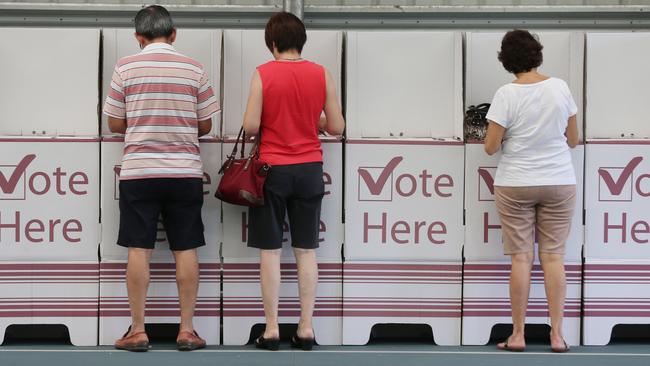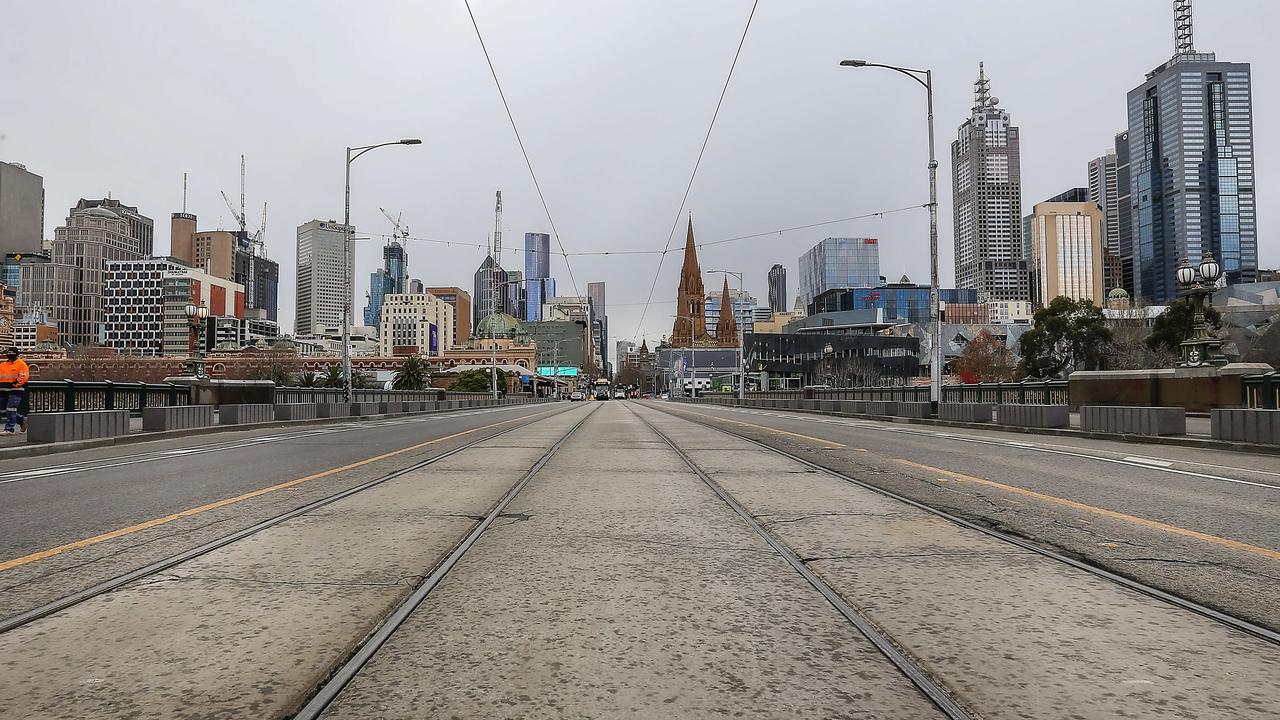Campaigns have changed, but so has the Australian electorate who just want to get it over with
POLITICAL parties now have to balance old-style campaigning with modern methods to keep pace with a changing, and often indifferent, electorate, writes Shaun Carney.

Opinion
Don't miss out on the headlines from Opinion. Followed categories will be added to My News.
HAVE you felt ignored or unloved by the major parties in this federal election campaign? Well, don’t. Just because they’re not writing or calling or knocking on your door doesn’t mean they haven’t taken a good look at you.
There’s every chance they’ve checked to see where you’re living and which other voters you might live with. They will have looked at the results at your nearest polling place — the local school or community hall — from the 2013 election and checked to see how many voters who voted there three years ago are still enrolled at the same addresses. And they’ll look at the names of newly arrived voters in your neighbourhood and go through the rolls to see where they voted last time. They’ll look at the results in those voters’ previous neighbourhoods.
The parties know our ages and occupations. By tracking and triangulating this information, they can reach some reasonably well-informed conclusions about which parties and candidates many, many individual voters favour at election times. But they don’t stop there.
In seats they regard as winnable, or loseable, the parties employ volunteers and professional canvassers to make phone calls to voters not just during campaigns but outside the formal campaign periods as well.
Thrown in as well are the details of every voter who contacts their local MP either in person, by phone or electronically. The issue that caused them to contact the MP is recorded because that could come in handy during a campaign, enabling the party to tailor its messages to those voters.
In short, they know where we live, what we do, roughly what we earn, what we think and quite possibly how we’re likely to vote.
Why do the parties want this info? Well, of course, they’ll do whatever they can to give themselves even the slightest advantage. Elections can be decided by those small advantages.
But they also need this data. Australians who are fully engaged in this election will find it hard to believe, but many pay next to no attention to politics.
It’s a long time since election campaigns involved public meetings, speeches by candidates on street corners or from the back of a truck and multitudes of party members pounding the pavements on behalf of their candidates.

Party membership per capita has fallen dramatically, so the canvassing has been contracted out to professional data gatherers and small armies of volunteers.
What replaced the old, personal street-corner type of campaigning was campaign-by-TV, with lots of advertising and media blitzes. But that has become old hat too. The rise of streaming and device-based information and entertainment have eroded the potency of big ad campaigns. The erosion is especially pronounced when it comes to voters aged under 40. They are much less likely to watch the evening television news or to rely religiously on print media for their information. They are digitally inclined and much more open to targeted micro-ads delivered through social media and YouTube.
The problem for the parties is that right now they still have to deliver both the old- and new-style campaigns, with the leaders doing their traditional stumping of the continent and the daily announcements, while the party strategists also pursue the modern data-driven, off-the-grid campaigning. The result is that the leaders’ campaign appearances regularly look staged — because they are. So too are the formal campaign launches.
Meanwhile, lifestyle changes and quite possibly a greater sense of voter disengagement have led to a remarkable rise in the number of early votes cast well before election day. In 2013, 3.7 million cast pre-poll or postal votes. That was more than one-quarter of all votes cast. The number is highly likely to rise to one-third at this election, especially given the excruciating length of this campaign. That would be double the proportion of early votes cast at the 2007 election that ushered the ALP, led by Kevin Rudd, into office.
Why is this change taking place? Is it because a lot of us just want to get our legal obligation to vote out of the way, thus avoiding a possible fine for not turning up on election day, and get back to our lives? It’s certainly one effective way to bring the longest campaign to an abrupt end.
For those who are interested, pre-poll and postal voting opened yesterday (Tuesday, June 14). Or maybe you like the idea of paying attention to it all for another 2½ weeks.
Shaun Carney is a Herald Sun columnist and adjunct associate professor of politics at Monash University


